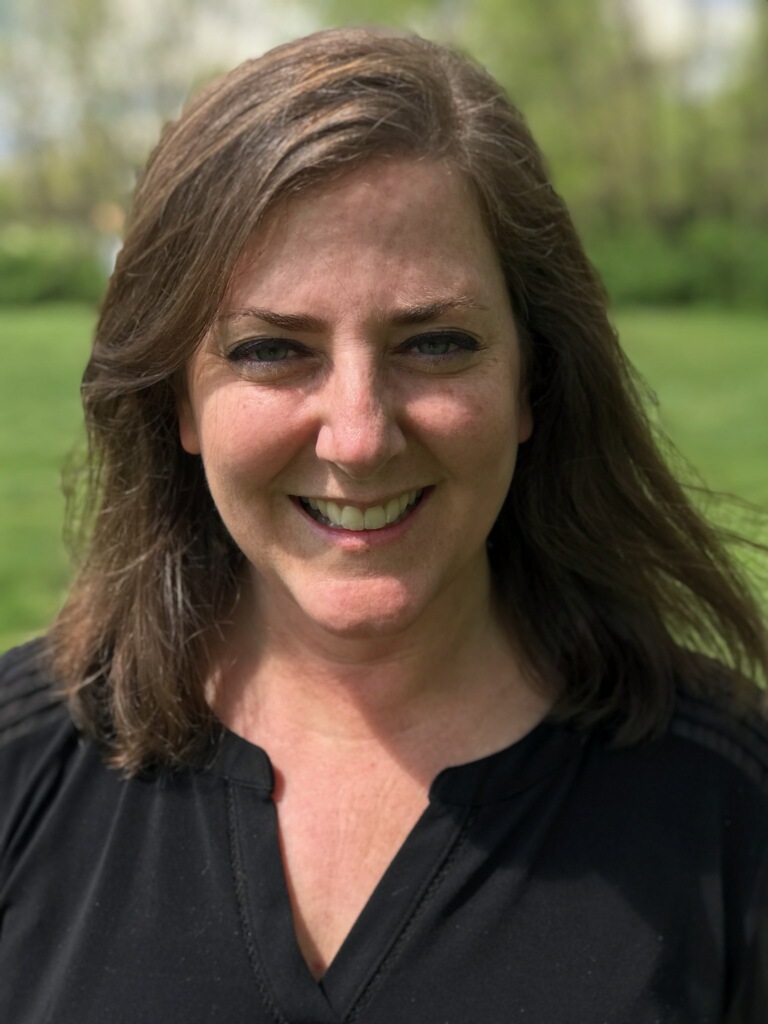“Analytics” is a very broad term – what can it cover? What are different kinds of analytics that we can do, and when should we use each type? Come learn about all the cool things you can do with analytics from the dynamic and approachable Pier Bobys!
Pier explores three general categories of analytics: descriptive, diagnostic, and predictive. Descriptive analytics is what it sounds like – it’s about describing your data. Typically descriptive uses things like averages to give you an idea of the middle of your data, and ranges or minimum/maximum values to see how spread out your data are. Descriptive can answer questions like, “What’s the average age of your donors?” or “What’s the best-selling product?” Diagnostic analytics uses a bit more complex statistical methods to test a hypothesis about why your data are the way they are. You might ask “Why did this age group donate twice what that age group did?” or “why did this sale only sell 10% more?” Predictive is about trying to figure out what might happen in the future. Things like “Who will respond to this mailer?” or “How much money will we bring in over the next year?” Predictive requires historical data that can help diagnose why those things have happened in the past, so you can apply those guesses to the future.
If you’re looking for some courses to get you started with advanced analytics, Pier shares that both Coursera and LinkedIn Learning have courses on many topics. Kaggle and UC Irvine both offer data sets that you can practice with, and Kaggle offers challenges that pose an analytic question you can try to answer.

Pier Bobys is currently a Solutions Consultant in the Alteryx Center of Excellence. She began her career over 20 years ago as a SAS programmer/consultant where she worked on a variety of projects, ranging from marketing analysis at Time magazine and American Express, to fraud detection at the IRS and the FBI. She switched into sales engineering mid-career at IBM where she helped sell SPSS to various agencies in the Federal government. Prior to joining Alteryx she was a sales engineer at SAP where her primary responsibility was to sell SAP Predictive Analytics to the commercial sector. She holds an MBA from Georgetown University and a MS in Biostatistics from the University of Pittsburgh’s School of Public Health.


Comments are closed